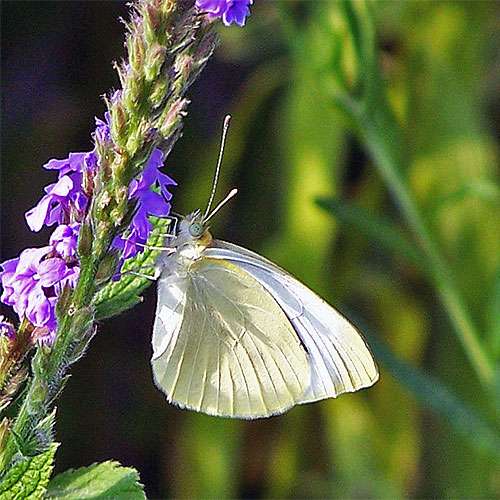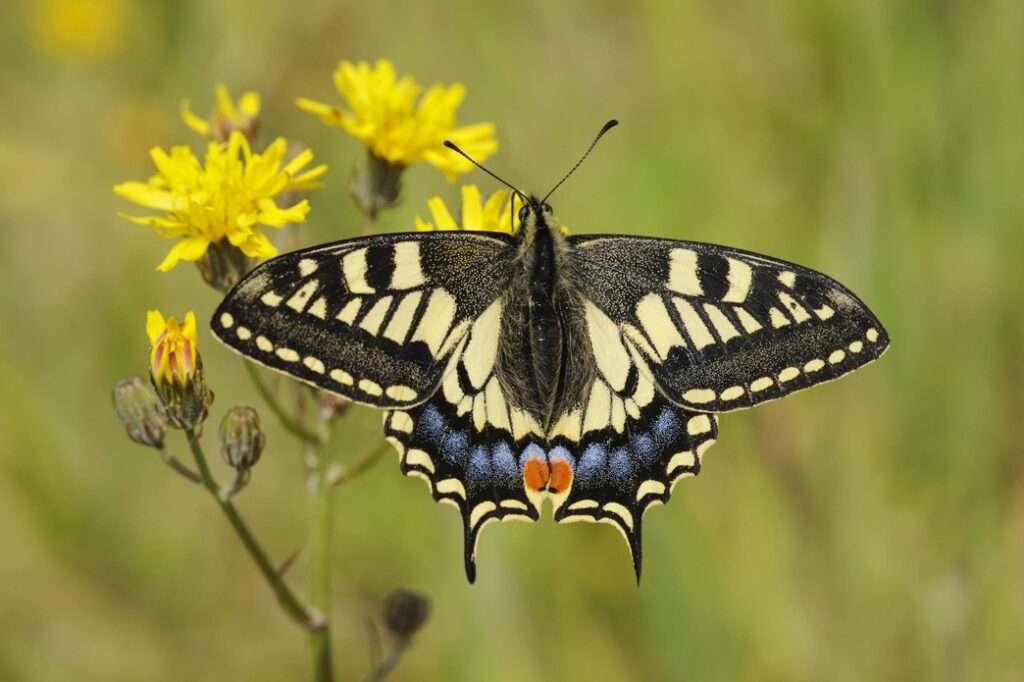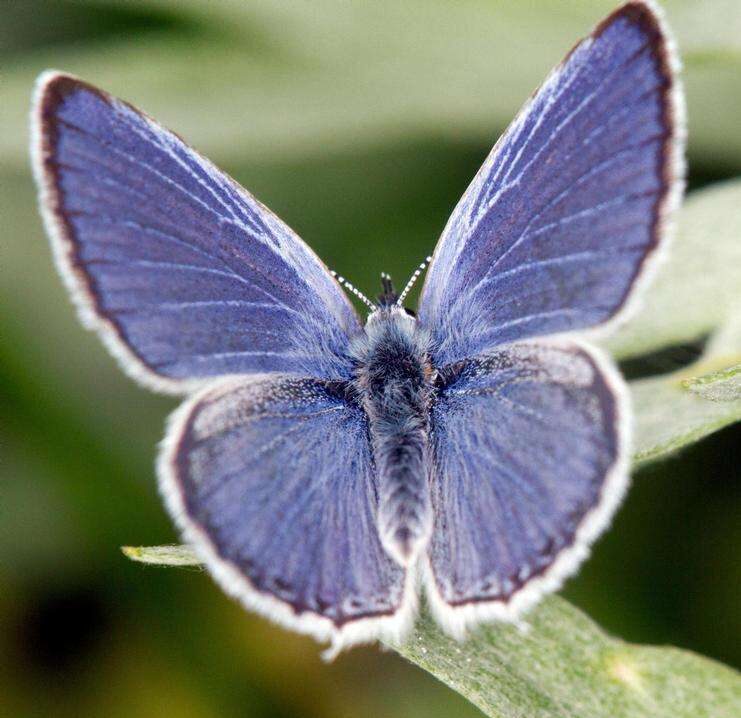
The Pieridae are a vast family of butterflies, consisting of 76 genera and 1,100 species, most of which are found in tropical Africa and Asia, however some are also found in more northern North America and Eurasia. The majority of pierid butterflies have colorations of white, yellow, or orange, frequently with black markings.
Interesting Facts
- Early British naturalists referred to it as the “butter-colored fly.”
- The pigments that give these butterflies their distinctive hue are produced by waste products in the body and are unique to this family.
- Many species’ males engage in social mud-puddling when they can imbibe salts from moist soils.
Appearance
This family of adult butterflies gets its name because nearly all of its members are white or yellow. They don’t have many stripes or dots, but their wings occasionally feature a few dark patches or dark edges. They have six completely formed legs and are medium-sized butterflies. In some species, the temperature at pupation has an impact on the adult’s color. Darker colors typically result from cooler temperatures. In some species, the males and females have different patterns and numbers of black markings.
Some White species consume plants in the mustard family that are protected by poisonous compounds. To deter predators from eating them, the caterpillars store the poisons inside of themselves. Due to their similar wing colors and markings, some White species might be imitating the poisonous ones. This group’s caterpillars are often cylinder-shaped, green or yellow, and coated with fine hairs or tiny black lumps.

Diet
Brassicas are the primary food source for some of these species’ caterpillars, including Pieris brassicae and Pieris rapae. They are agricultural pests that are frequently encountered in gardens.
Predators
Known predators include ants, wasps, and mantids.
Habitat
While some species survive in the tropical jungle, others inhabit the Arctic tundra. Although they are more prevalent in areas with dense plant life, some of them also live in high rocky mountains and eat desert plants.
Keeping as Pet
While some species survive in the tropical jungle, others inhabit the Arctic tundra. Although they are more prevalent in areas with dense plant life, some of them also live in high rocky mountains and eat desert plants. They are most prevalent in meadows and open spaces rather than woods because they prey on leafy weeds, herbs, and vegetables rather than trees.
Table





